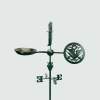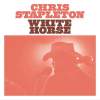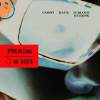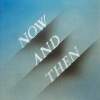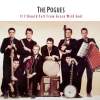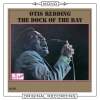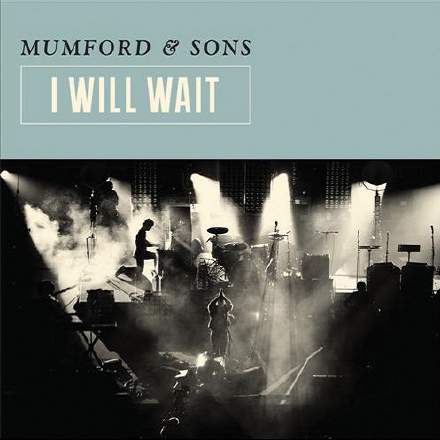
Regular readers will know that I’m a great fan of arrangement drops: those moments when the mix suddenly thins for dramatic effect, reclaiming headroom so you can build up towards the next climax. So I was delighted to discover that this song’s chock full of them! All three verses (0:18, 1:30, and 2:28) start with drops, for instance, the first bringing us down from the introductory instrumental chorus; the second lifted a little in relation by the more prominent kick pulse; and the third lent a fresh twist by the introduction of that unusual dulcimer-like sound. (Piano strings played with a spoon? Answers on a postcard, please…) But my favourite is at the beginning of the first chorus, because I think the stripped-back accompaniment contrives to hit you much more strongly with the vocal hook as a result.
All those goodies notwithstanding, the arrangement does somehow stall slightly at the start of the final pre-chorus at 2:58. The piano seems to disappear for a moment, while the guitar and bass rhythms briefly slacken, such that it almost feels like the onset of a hastily reconsidered arrangement drop. Some may feel that this creates progressive ‘waves’ of increasing mix intensity, but for my money the momentum from 2:38 through to the final chorus at 3:16 would have been more compelling without this hiccup.
This production (like a lot of the Mumfords’) is also worth close listening for the sensitive use of sustained background pads. Whether it’s the more obvious brass swells of the choruses, or the atmospheric wafts cosseting more stripped-back sections such as the first and second verses, there seems to be something pad-like filling out the texture most of the time. In fact, one of the reasons that the first chorus’s arrangement drop sounds so strikingly exposed is that it’s one of the very few sections devoid of such sonic upholstery.
Returning to the brass, I’d recommend focusing for a few moments on the way the swell at 1:55 expands the implied acoustic space as we move into the chorus. Whether we’re just hearing the acoustic signature of the venue in which the horns were recorded, or mix engineer Ruadhri Cushnan’s (I’d guess convolution-based) reverb processing is neither here nor there, because the result just seems to expand the height and depth of the room beautifully. In addition, I love the way he judges the low mids to give just enough body to the brass timbre, without bloating the mix overall. Furthermore, the swell is an excellent example of the power of auditory illusion, because the changing brass timbre clearly indicates that the performers’ playing intensity is increasing towards the downbeat of the second chorus at 1:59, even though the signal volume of those players in the mix feels pretty constant — in fact, it actually seems to decrease in the last half bar. That dashed evil fiend is playing with our minds!
Something else that caught my ear here was the way the whole mix seemed to be leaning a bit to the left a lot of the time, although it’s less obvious when you hit the big outro section. My reflex would have been to balance it more centrally at the mixing or mastering stages, but I suspect that’s just me being pedantic and I wonder whether it really matters. I can’t think of any technical objections, and certainly it’s not dramatic enough to cause any mono or one-sided-playback translation issues.
